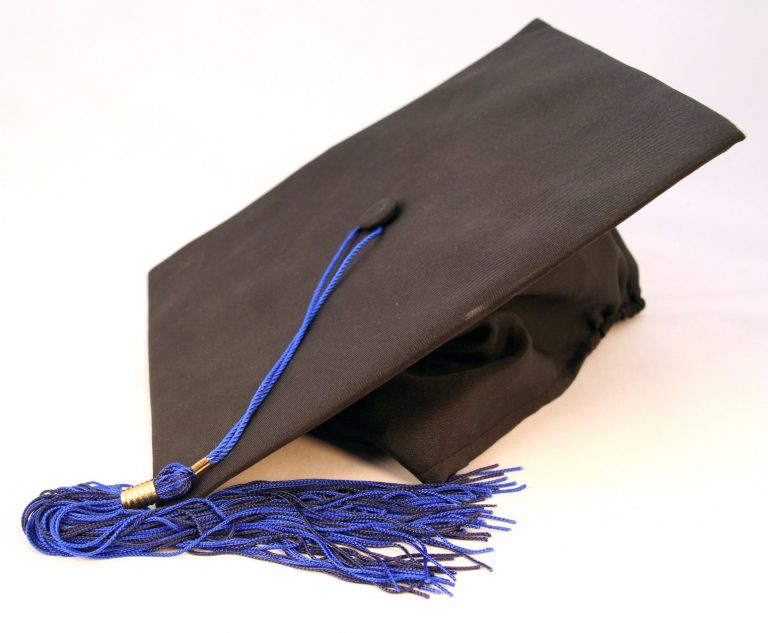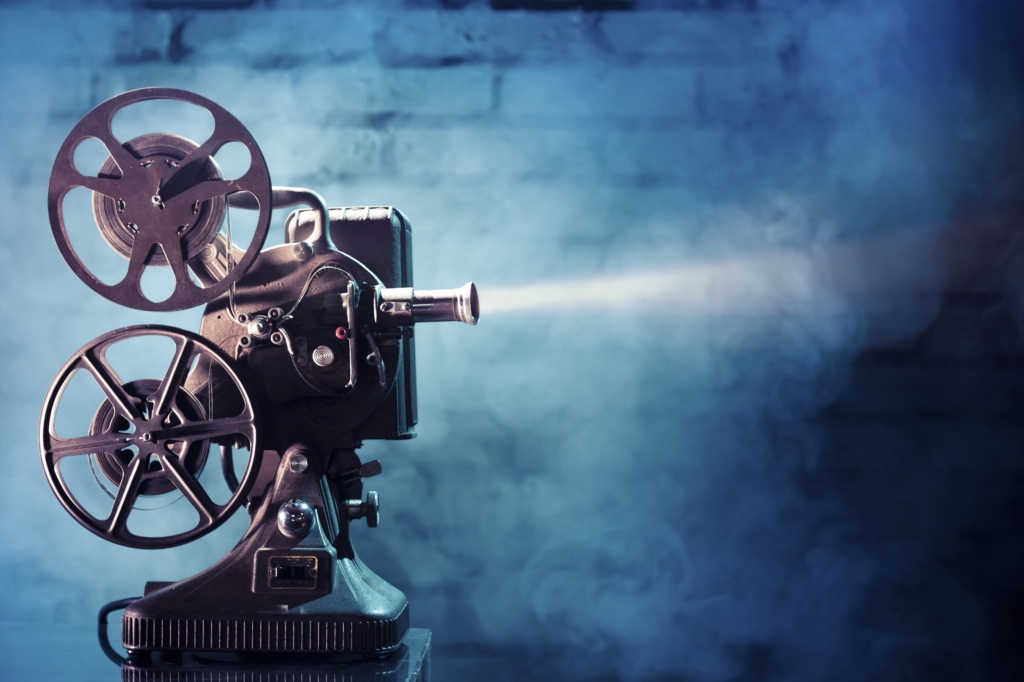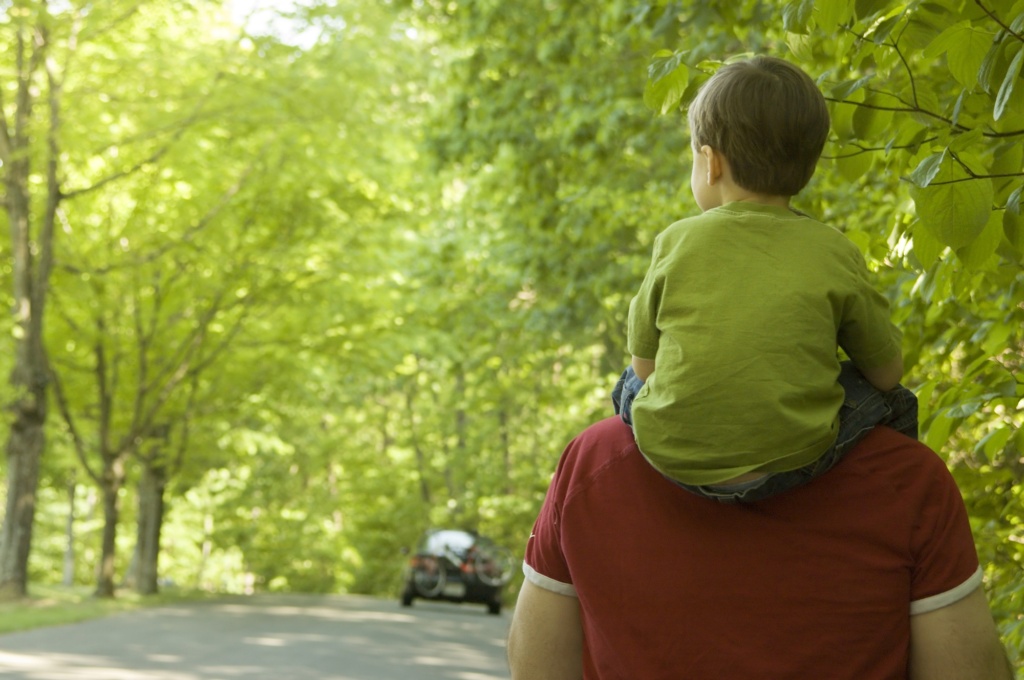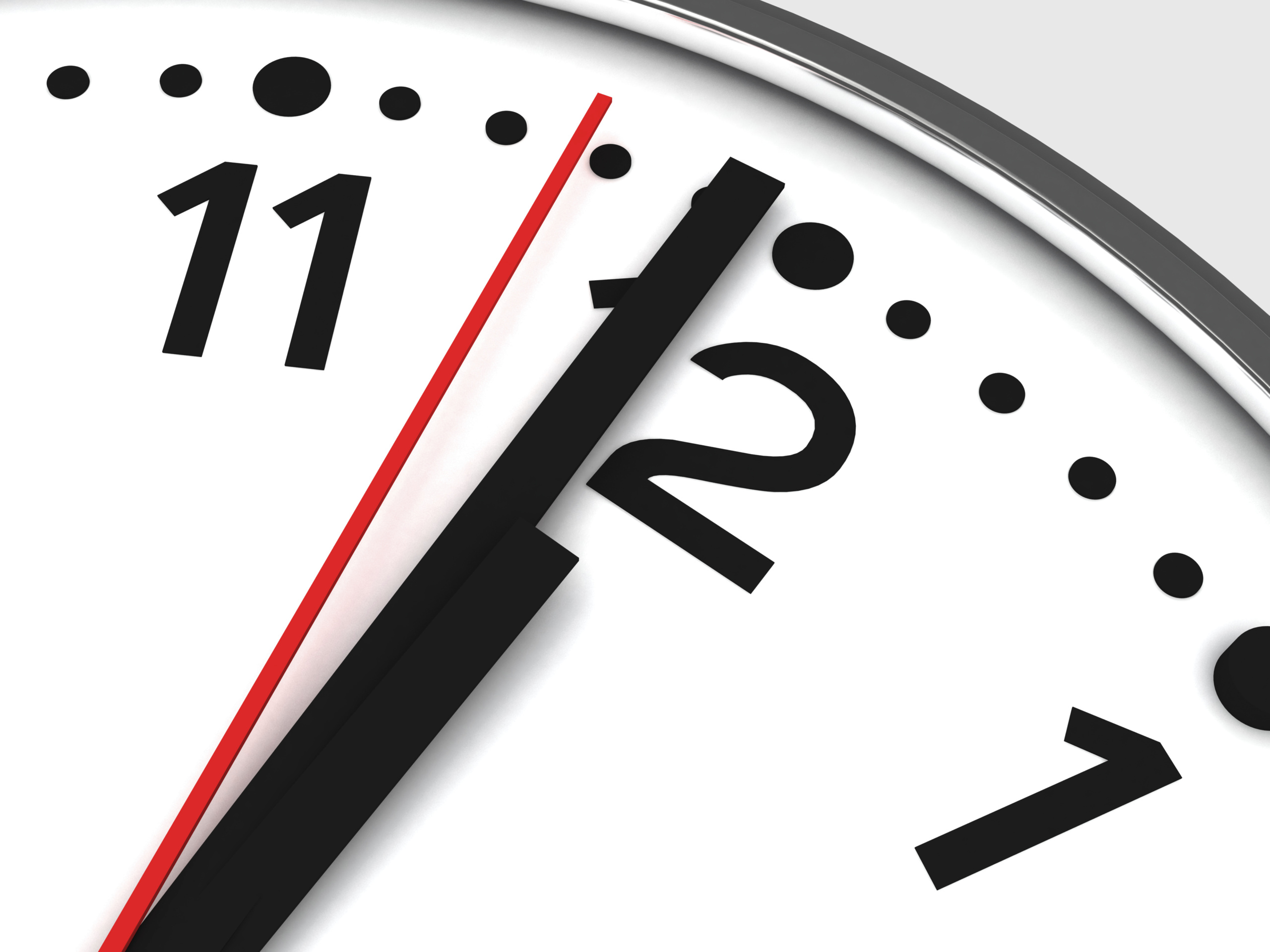Website Listing of Tequila Client Work Gets PR Firm a Trademark Shot
Published: October 13, 2016
Can the owner of renowned tequila brand Patrón prevent a former marketing and PR firm from listing it as a client on its website and discussing the services it provided? Patrón believes it can and has sued its former marketing firm, The Reindeer Group, for trademark infringement in Federal court in Texas.
In 2009 Patrón engaged Reindeer to provide advertising agency services. Patrón claims that under the terms of Reindeer’s engagement, Reindeer agreed that it would not display any work regarding the Patrón brands, nor display the Patrón marks, without Patrón’s prior written approval. Reindeer’s engagement ended in December, 2011.
Patrón claims that despite the termination of its services, Reindeer was using the Patrón marks on its website and was claiming that Patrón was a current client.
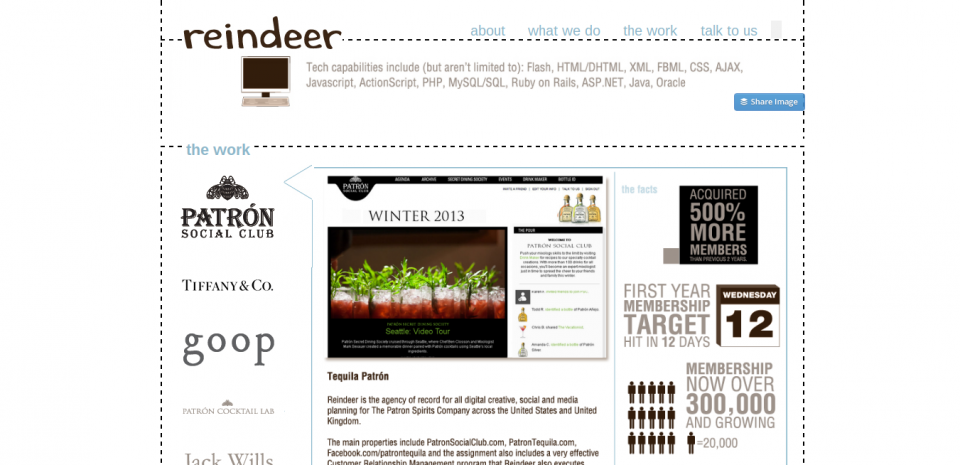
Patrón claims that Reindeer failed to respond to letters from its counsel requesting that it cease the unauthorized use of the Patrón marks, thus necessitating the filing of a complaint.
In reading the complaint, it appears that this dispute is more about Reindeer’s billings than its use of the Patrón marks. That said, Patrón makes a claim which, if upheld by the court, could impact how advertising agencies and other service professionals reference work performed for clients for marketing purposes. Most advertising agencies get advance permission – usually within a written service agreement – to display the work as part of the firm’s portfolio. Some firms, however, do not seek a client’s approval. The outcome of Patrón’s claim could bring an end to that practice.
In its complaint for trademark infringement, Patrón claims that Reindeer’s listing of it on the Reindeer website and using the Patrón marks to refer to the work performed for Patrón as having
……harmed and continues to harm Patrón. Such use deprives Patrón of the right to control its intellectual property, and to exclude unauthorized users — the core right of such property. Moreover, Reindeer’s use of Patrón’s marks falsely suggests a connection between the two brands, which allows Reindeer to reap the benefits of the highly valuable Patrón name and all of the associated goodwill, but without Patrón’s permission. This unauthorized use of Patrón’s marks diminishes the exclusivity of the marks, and threatens the marks’ source-identifying significance, and this damage is exceedingly difficult to quantify in monetary terms.
The Lanham Act provides that the holder of a registered trademark can file a trademark infringement claim against any person who, without the registered trademark holder’s consent, uses any reproduction, counterfeit, copy, or colorable imitation of a registered mark, in commerce, in connection with the sale, offering for sale, distribution, or advertising of any goods or services, where such use is likely to cause confusion, or to cause mistake, or to deceive. Pursuant to 15 U.S.C. § 1125(a), “Any person who, on or in connection with any goods or services, or any container for goods, uses in commerce any word, term, name, symbol, or device, or any combination thereof, or any false designation of origin, false or misleading description of fact, or false or misleading representation of fact, which . . . is likely to cause confusion, or to cause mistake, or to deceive as to the affiliation, connection, or association of such person with another person, or as to the origin, sponsorship, or approval of his or her goods, services, or commercial activities by another person . . . shall be liable in a civil action by any person who believes that he or she is or is likely to be damaged by such act.”
Patrón claims that Reindeer’s conduct “has caused and is likely to continue to cause purchasers or others to mistakenly believe that Reindeer is legitimately connected, affiliated or associated with Patrón, or that Patrón approves Reindeer’s services, which is not the case. Consumers who encounter Reindeer’s website are likely to incorrectly believe that Reindeer currently is the exclusive provider of advertising services for Patrón.” So seemingly, Patrón has a strong claim against Reindeer…but maybe not.
Trademark law recognizes a defense where the mark is used only “to describe the goods or services of [a] party, or their geographic origin.” Courts have found that nominative trademark fair use exists where the defendant used the plaintiff’s mark simply to describe the plaintiff’s own product. In the case of nominative trademark fair use, the original producer is deemed as a matter of law not to sponsor or endorse the third-party product or service that uses its mark in a descriptive manner. The test for nominative trademark fair use requires the court to ask whether (1) the product was “readily identifiable” without use of the mark; (2) defendant used more of the mark than necessary; or (3) defendant falsely suggested he was sponsored or endorsed by the trademark holder.
In Volkswagenwerk Aktiengesellschaft v. Church, 411 F.2d 350, 352 (9th Cir., 1969), the Ninth Circuit applied nominative trademark fair use and found that in “advertising [the repair of Volkswagens, it] would be difficult, if not impossible, for [Church] to avoid altogether the use of the word ‘Volkswagen’ or its abbreviation ‘VW,’ which are the normal terms which, to the public at large, signify appellant’s cars.” Church did not suggest to customers that he was part of the Volkswagen organization or that his repair shop was sponsored or authorized by VW; he merely used the words “Volkswagen” and “VW” to convey information about the types of cars he repaired. Therefore, his use of the Volkswagen trademark was not an infringing use.
In applying nominative trademark fair use to Reindeer’s use of the Patrón marks, a court would ask whether (1) Reindeer could describe the work it performed for Patrón without using the Patrón marks; (2) in describing the past work it performed for Patrón, did Reindeer use more of the Patrón marks than necessary to convey the information; or (3) whether Reindeer’s use of the Patrón marks in describing the services it provided for Patrón falsely suggested it was sponsored or endorsed by Patrón. In a general sense, it would be difficult, if not impossible for Reindeer, or any other service provider who provides services to Patrón, to describe the services without using the Patrón marks. Assuming Reindeer can get past the claim that it was contractually prohibited from using the Patrón marks without Patrón’s approval, Reindeer might have a good shot at putting Patrón’s trademark claim back in the bottle.



